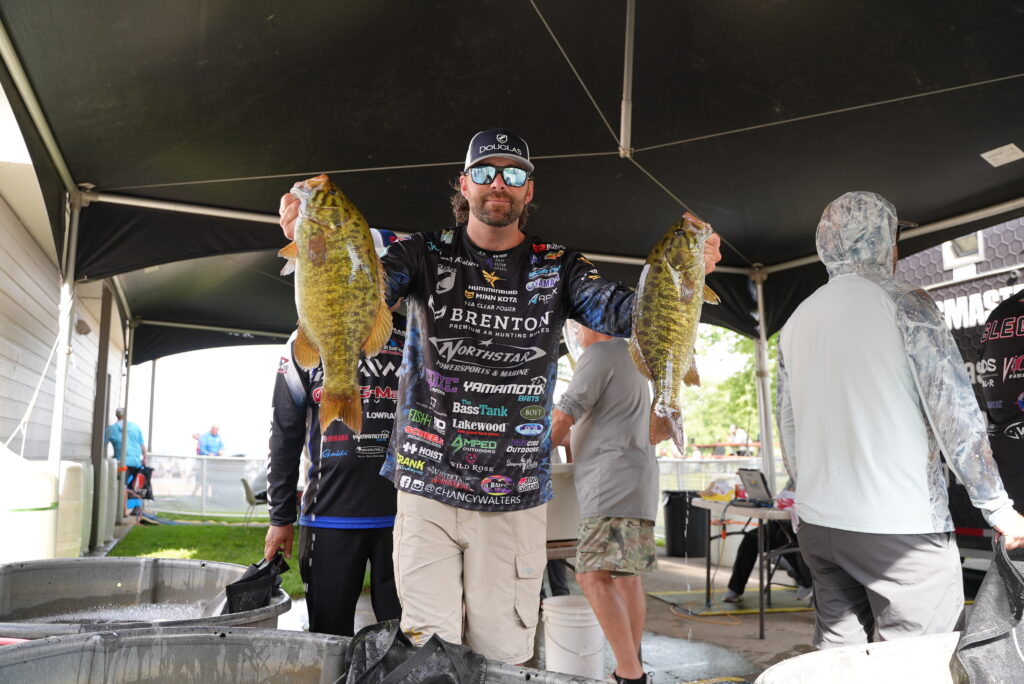Crankbaits could arguably be one of the most historic baits when it comes to fishing. They have been fished for generations and are a staple in most anglers’ tackle box. But what rod should you use to cast them? Not every rod is able to throw crankbaits properly. Here is a breakdown of what you be looking for when choosing the best crankbait rod.
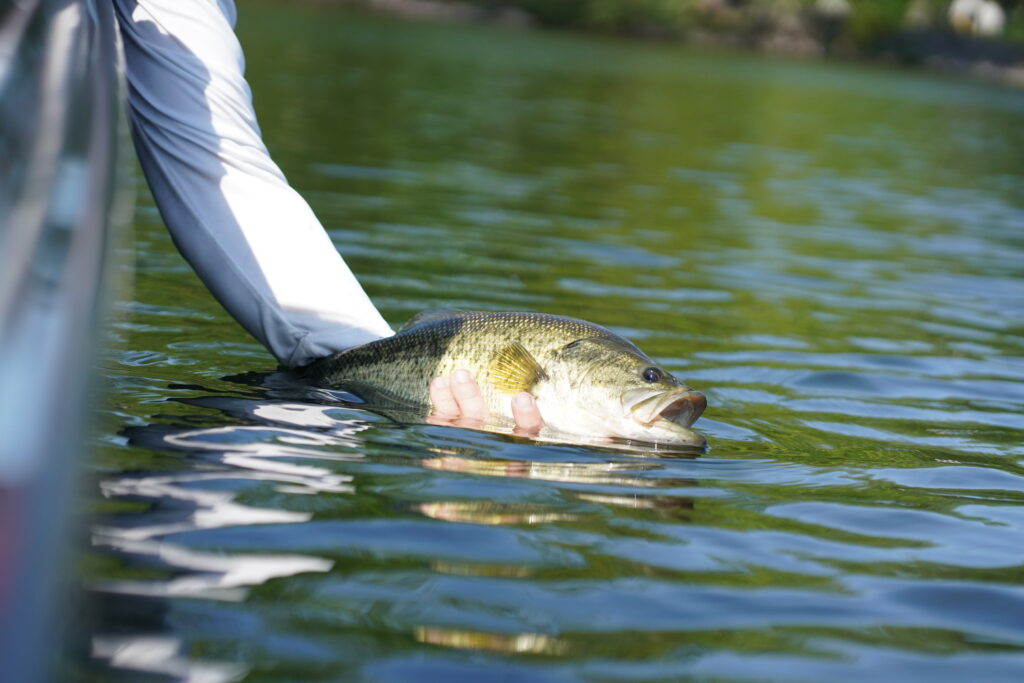
Rod Sensitivity – Crankbaits can vary in sizes. Smaller ones typically vibrate less than the deeper, larger crankbaits. So having a rod that can feel all sizes is important to ensure that the bait is being presented properly. You also want to be able to tell if you are hitting bottom structure or a fish is biting.
Rod Length – Length depends on where you’re fishing. If you like to throw crankbaits around tight docks and structure, you will benefit from a shorter rod. If you are on open water, you’ll want a longer rod to help cast further.
Action – The action of the rod describes how far the rod will flex into the blank under load. The action can greatly affect casting distance and hookup ratio. A moderate-fast rod allows for longer casting distances while a fast rod helps with hook penetration.
Power – Rod power is the lure oz rating. Power is how much the rod can handle while under load. There are so many sizes of crankbaits and the power of the rod should match the weight of the lure. Crankbait rods will vary from medium-light to heavy power depending on the weight and size of the lure being fished.
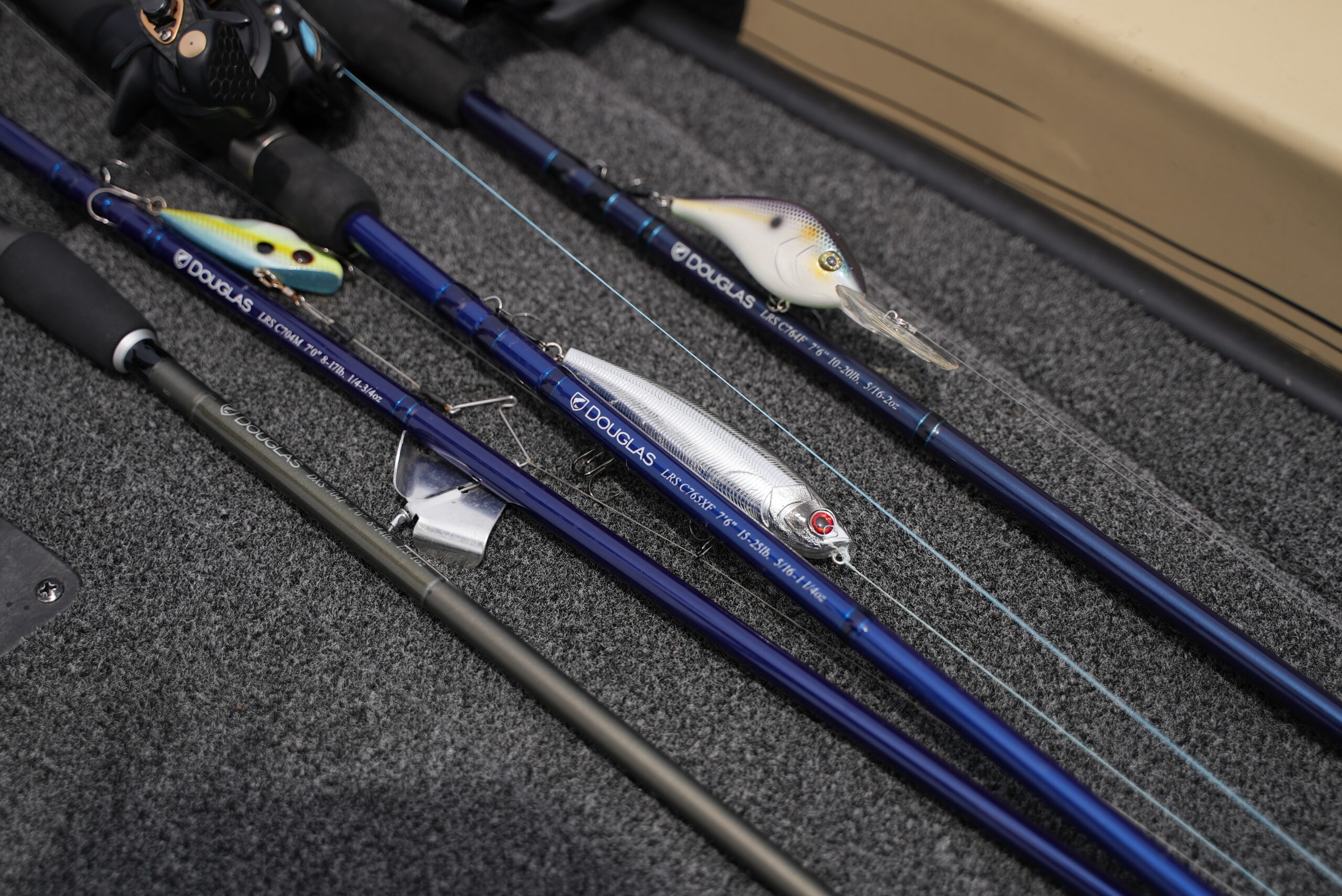

Best Rod for Light Crankbaits
The Douglas XMatrix C763MF just won “Best Rod for Light Crankbaits” from Outdoor Life
“I found the Douglas Matrix C763MF really excelled compared to the others we tested with the little stuff—crankbaits that I might even otherwise throw on a spinning rod. Maybe that prejudice derives from the fact that it’s so light and balanced—I didn’t want to put it down. It’s almost like driving a sports car; even in wind and current, I could feel light-wobbling lures and what they were contacting. When a fish changed the lure’s direction, I was able to react and steer him away from cover.
Beyond the Douglas’ amazing feel, its EVA grip also set it apart. Cork grips were the gold standard for many years, and I always preferred it.” – Pete Robbins, Outdoor Life
What Makes A Good Crankbait Rod
Crankbait rods are built for a much more specific purpose than the average rod you would find in most tackle shops. Technique specific rods may not offer the ability to fish all baits. However, fishing a rod that is specifically designed for a certain technique will improve an angler’s success. Crankbait rods are designed to provide ultimate casting distance. A deep bend into the blank helps the crankbait dig to its appropriate depth and keep the hooks pegged ones the fish takes the bait.
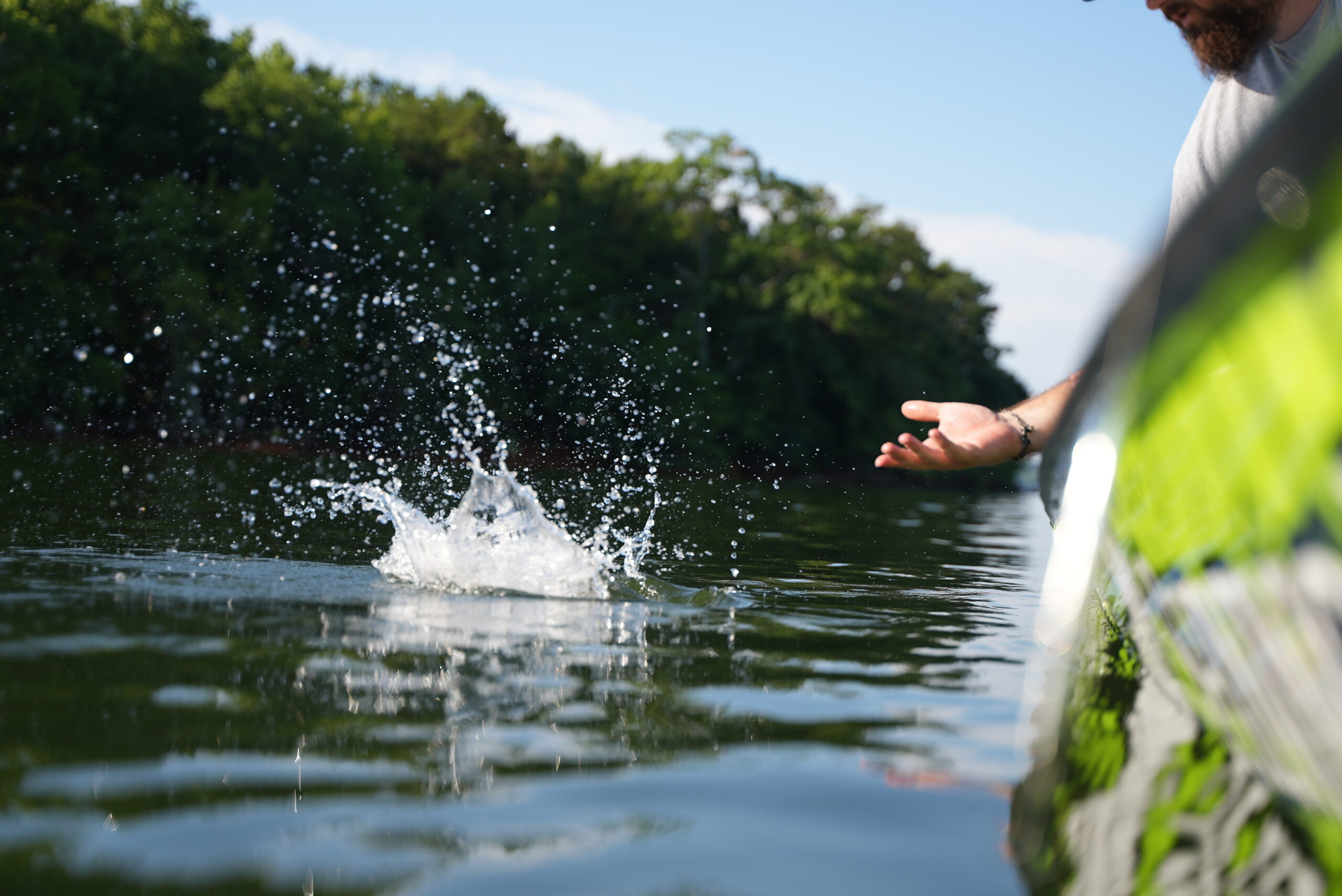
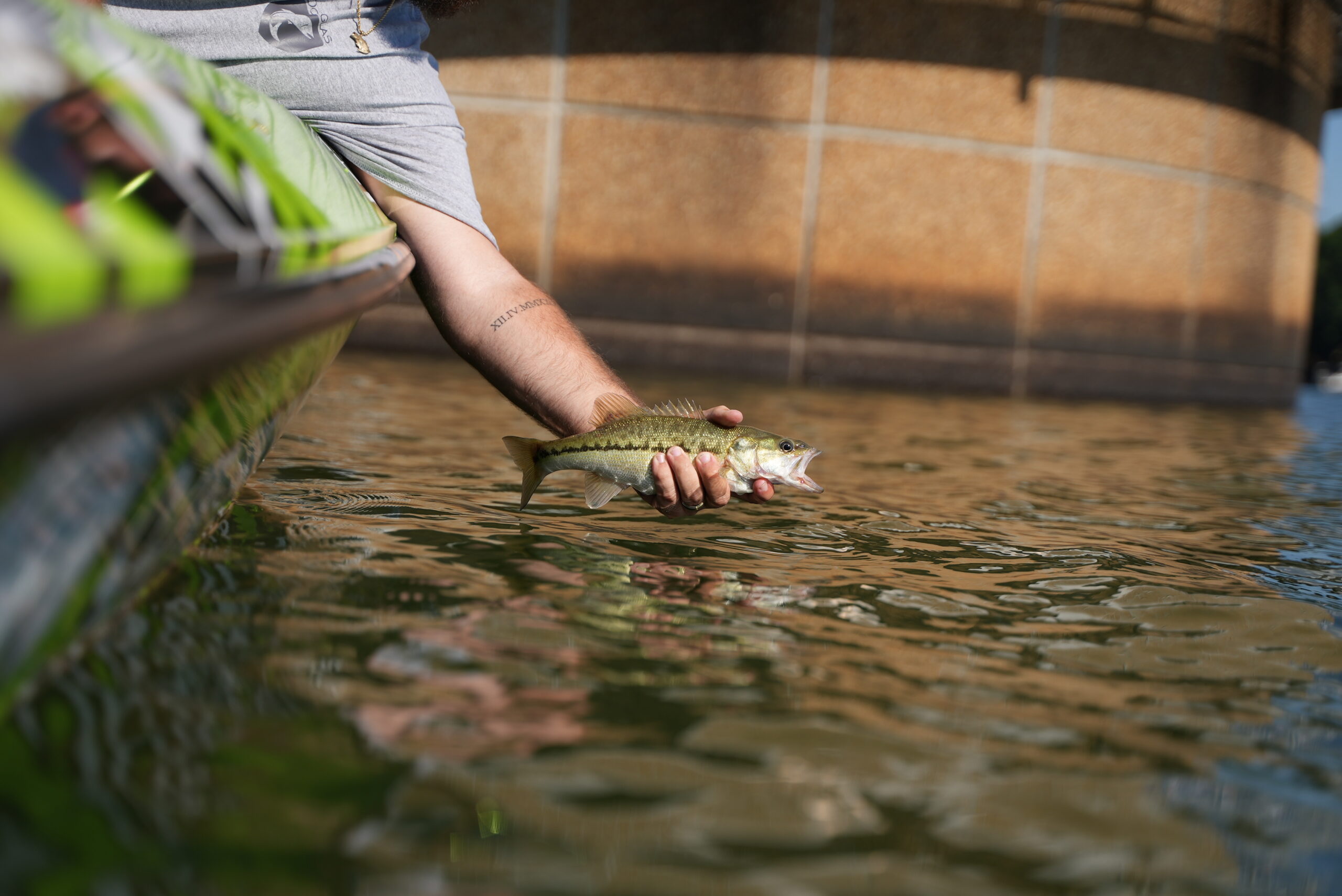
Crankbait Rod Action
The term that is often associated with crankbait rod actions is “parabolic.” A parabolic action describes a slow action or a rod that allows the bend to go all the way into the lower section of the rod. This action properly loads the rod when casting. Casting distance is important when on open water to ensure that the bait can dive to the appropriate depth before entering the strike zone. As mentioned earlier, it also helps keep the hooks pinned after hooking a fish.
Crankbait Rod Length
Most crank bait rods tend to be from the 7-7’11 range. However, rod length can vary depending on the goal at hand. In most cases, the longer the rod the further it casts. When throwing lighter crankbaits around tight docks or structures, shorter rods work best.
Douglas Crankbait Rods
Here are the rods that we have specifically designed for fishing crankbaits:
- LRS C703MF
- LRS C704M
- LRS C763MF
- LRS C764MF
- LRS C805MF
